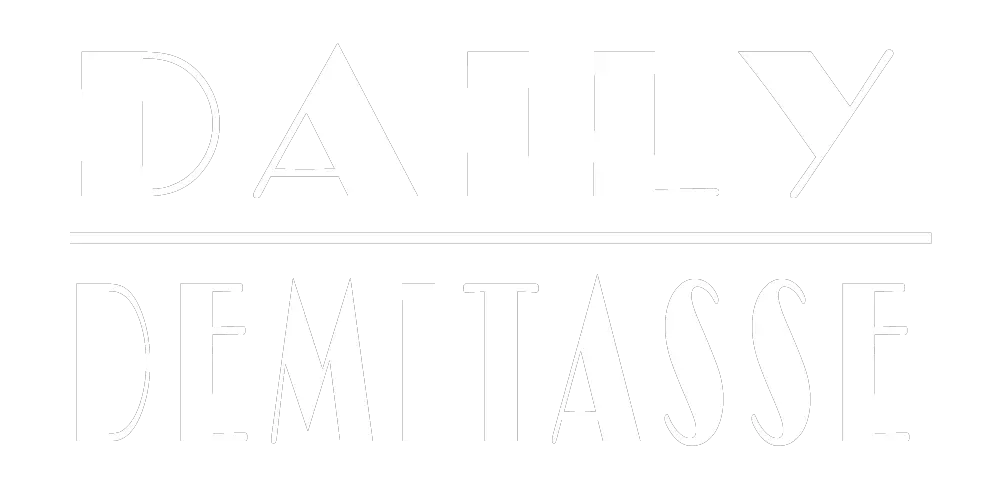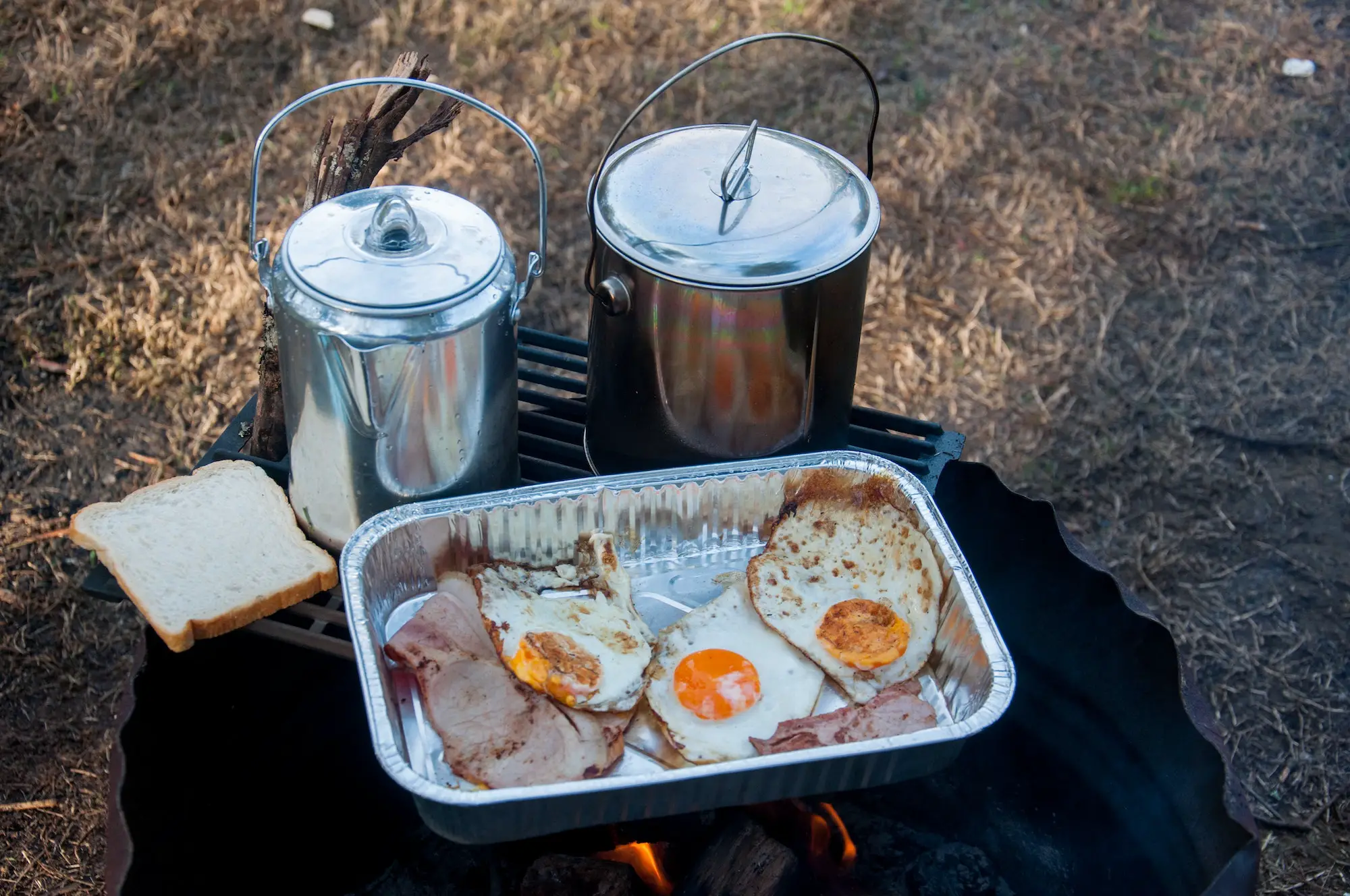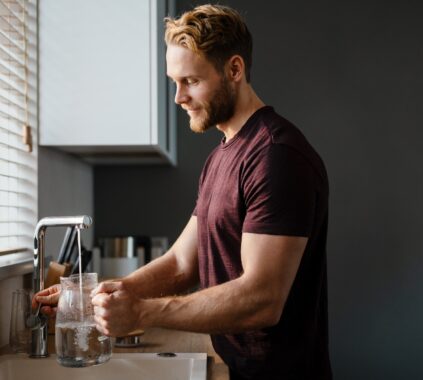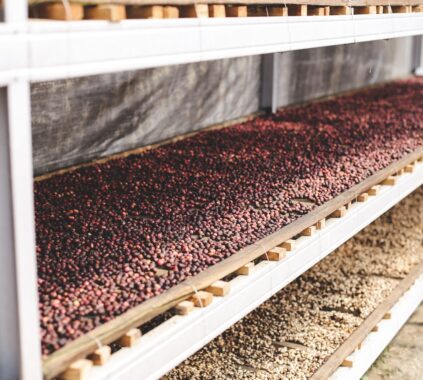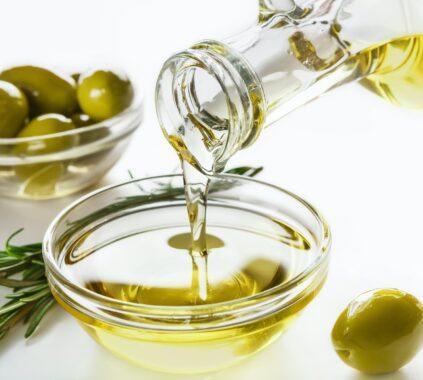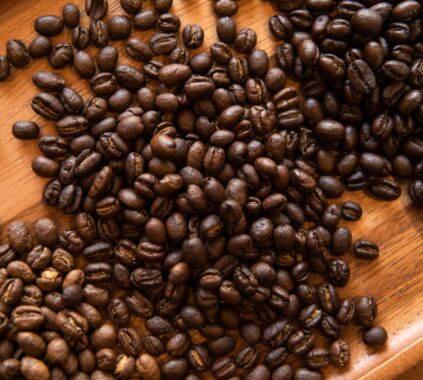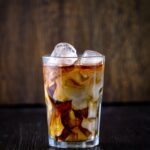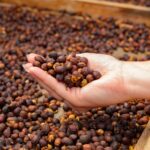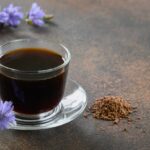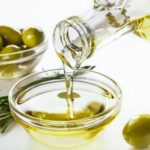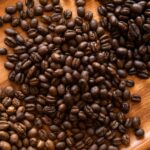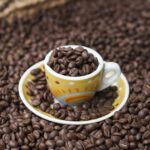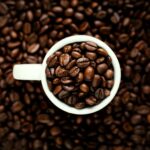Table of Contents

Daily Perc…olator?
The percolator is a classic coffee brewing method that has been a part of many households and coffee rituals for generations. Known for producing a robust, full-bodied coffee, the percolator has a nostalgic charm that continues to be cherished by many. In this article, we’ll explore the history of the percolator, its brewing process, and tips for making the perfect cup of percolated coffee.
History of the Percolator
Invention and Early Years
The coffee percolator was invented in the early 19th century by Sir Benjamin Thompson, an American-born British physicist, and inventor. The initial design of the percolator was a simple, gravity-based system that allowed boiling water to be continuously cycled through the coffee grounds, extracting the flavors over time. In 1865, James Nason patented an improved percolator design, which was later modified by Hanson Goodrich in 1889. Goodrich’s design, which incorporated a separate chamber for the coffee grounds and a tube to recycle the boiling water, closely resembles the percolators that are still in use today. (percolator on wiki)
Popularity and Decline
During the first half of the 20th century, the percolator became a staple in households across the United States and Europe. Its popularity began to wane in the 1970s with the advent of the automatic drip coffee maker, which offered a more convenient and consistent brewing method. Although percolators are no longer as widespread as they once were, they continue to have a dedicated following among coffee enthusiasts who appreciate the strong, bold flavors and the nostalgic charm of this classic brewing method.
Percolator Brewing Method
How It Works
The percolator consists of a lower chamber for water, an upper chamber for coffee grounds, and a vertical tube connecting the two chambers. When heated, the water in the bottom chamber is forced up the tube and over the coffee grounds in the upper chamber. The water then trickles back down into the lower chamber, and the cycle repeats, continuously percolating the coffee until the desired strength is reached.
Tips for Brewing Percolator Coffee
To brew the perfect percolator coffee, follow these tips:
Here is our Everything Coffee Beans Page!
Choose the Right Coffee Beans: Opt for medium or dark roast coffee beans for a bold, robust flavor that complements the percolator brewing method.
Grind Size: Use a coarse grind for your coffee beans, similar to the consistency of kosher salt. A finer grind can result in over-extraction and bitterness, as well as clog the percolator’s filter.
Water-to-Coffee Ratio: A general guideline is to use 1 ounce of coffee grounds for every 16 ounces of water. Adjust this ratio to suit your personal taste preferences.
Heat Source: Place the percolator on a low to medium heat source to prevent over-extraction and bitterness. Brewing at a lower temperature helps achieve a smoother, more balanced cup of coffee.
Brewing Time: Most percolators take between 5-10 minutes to brew a full pot of coffee. Keep an eye on the brewing process and remove the percolator from the heat source when the coffee reaches your desired strength.
Here is a great portable camping stove to heat your percolator with!

Conclusion
The percolator is a timeless coffee brewing method that has stood the test of time. With its unique brewing process and nostalgic charm, the percolator holds a special place in the hearts of many coffee lovers. While it may not be the most popular brewing method today, it continues to deliver a bold, full-bodied cup of coffee that is hard to resist. Embrace the history and tradition of the percolator by following the tips shared in this article and experimenting with different coffee beans and brewing techniques. In doing so, you can enjoy a satisfying and memorable coffee experience that transports you back to a simpler time.
FAQs
What type of coffee is best for a percolator?
Medium to dark roast coffee beans are ideal for percolator brewing, as they produce a bold and robust flavor that complements the brewing method.
Is percolator coffee stronger than drip coffee?
Percolator coffee is generally stronger and more full-bodied than drip coffee, as the brewing process continuously cycles the water through the coffee grounds, extracting more flavor over time.
Can I use a percolator for making tea?
Yes, you can use a percolator to make tea. Simply replace the coffee grounds with loose tea leaves or tea bags in the upper chamber, and follow the same brewing process as for coffee.
How do I clean a percolator?
To clean a percolator, disassemble it and wash all the parts with warm, soapy water. Rinse thoroughly and allow the parts to dry completely before reassembling. Avoid using abrasive cleaners or scrubbers, as they can damage the percolator’s finish.
Are there electric percolators available?
Yes, electric percolators are available and function in the same way as stovetop percolators. The main advantage of electric percolators is that they provide consistent heat, ensuring an even brewing process without the need for monitoring.
Daily Demitasse is a participant in the Amazon Services LLC Associates Program, an affiliate advertising program designed to provide a means for sites to earn advertising fees by advertising and linking to Amazon.com. We also participate in other affiliate programs which compensate us for referring traffic.

